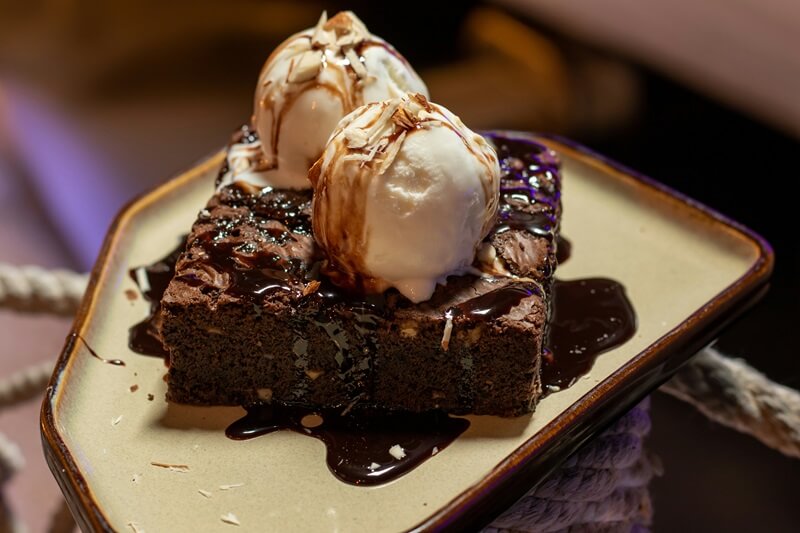Desserts have a rich and fascinating history that spans cultures and civilizations, evolving over centuries to become the sweet treats we know and love today. From ancient civilizations to modern-day innovations, desserts have undergone significant transformations in ingredients, techniques, and cultural significance. In this article, we’ll explore the evolution of desserts through history, tracing their origins and development across different time periods and geographical regions.
Ancient Origins: Sweet Treats in Early Civilizations
The history of desserts can be traced back to ancient civilizations such as Mesopotamia, Egypt, and China, where early cultures indulged in sweet treats made from ingredients like honey, fruits, and nuts. These ancient desserts served as symbols of wealth and luxury, often reserved for special occasions and religious ceremonies. In Mesopotamia, for example, honey was prized for its medicinal properties and used to sweeten dishes like fruitcakes and pastries. Similarly, in ancient Egypt, fruits such as dates and figs were commonly used to make sweet treats like cakes and puddings, often enjoyed by royalty and nobility.
Medieval Europe: The Rise of Pastry and Confections
During the Middle Ages, desserts became more elaborate and refined in Europe, thanks in part to the influence of Islamic and Byzantine cultures. Sugar, imported from the Middle East, became more widely available and affordable, leading to the creation of intricate pastries, candies, and confections. Desserts like marzipan, candied fruits, and spiced cakes became popular among the nobility and upper classes, showcasing wealth and status. Pastry-making guilds emerged, further elevating dessert-making to an art form, with skilled pastry chefs creating intricate designs and elaborate displays for royal banquets and feasts.
Colonial Influences: Global Exchange of Flavors
The Age of Exploration in the 15th and 16th centuries brought about the global exchange of foods and flavors, leading to the introduction of new ingredients and techniques in dessert-making. European explorers and colonizers brought sugar, spices, and tropical fruits from the New World back to Europe, revolutionizing dessert recipes and creating new culinary traditions. In the Americas, indigenous cultures incorporated European ingredients like sugar and dairy into their traditional desserts, resulting in fusion dishes like flan, tres leches cake, and dulce de leche. Similarly, in Asia and Africa, colonial powers introduced new ingredients and cooking methods, influencing local dessert cultures and creating hybrid dishes that blended indigenous and colonial flavors.
Industrial Revolution: Mass Production and Commercialization
The Industrial Revolution in the 18th and 19th centuries brought about significant changes in dessert-making, with the advent of mechanized production and mass manufacturing techniques. The invention of machinery such as the steam engine and the confectioner’s stove revolutionized the production of desserts, allowing for faster, more efficient processing of ingredients and the creation of new products. Commercial bakeries and confectioneries emerged, offering a wide range of pre-packaged desserts and sweets to the masses. Desserts like cakes, candies, and pastries became more accessible and affordable, no longer reserved solely for the upper classes.
Modern Innovations: Fusion Flavors and Artisanal Craftsmanship
In the modern era, desserts continue to evolve and adapt to changing tastes and trends, with a focus on innovation, creativity, and artisanal craftsmanship. Chefs and bakers draw inspiration from diverse culinary traditions and ingredients, experimenting with fusion flavors and novel techniques to create unique and memorable desserts. From cronuts and cake pops to macarons and gourmet ice cream, modern desserts reflect a fusion of global influences and a celebration of creativity and craftsmanship. Additionally, there is a growing emphasis on using high-quality, locally sourced ingredients and sustainable practices in dessert-making, reflecting broader societal trends toward conscious consumption and environmental awareness.
In conclusion, the evolution of desserts through history is a testament to the ingenuity, creativity, and cultural diversity of human societies. From humble beginnings in ancient civilizations to the global fusion flavors of the modern era, desserts have undergone significant transformations, reflecting changes in technology, trade, and social customs. As we continue to explore new flavors, ingredients, and techniques in dessert-making, one thing remains constant: the universal love for sweet treats that bring joy and satisfaction to people of all ages and backgrounds. So, the next time you indulge in a decadent dessert, take a moment to appreciate the rich history and heritage behind every bite.



